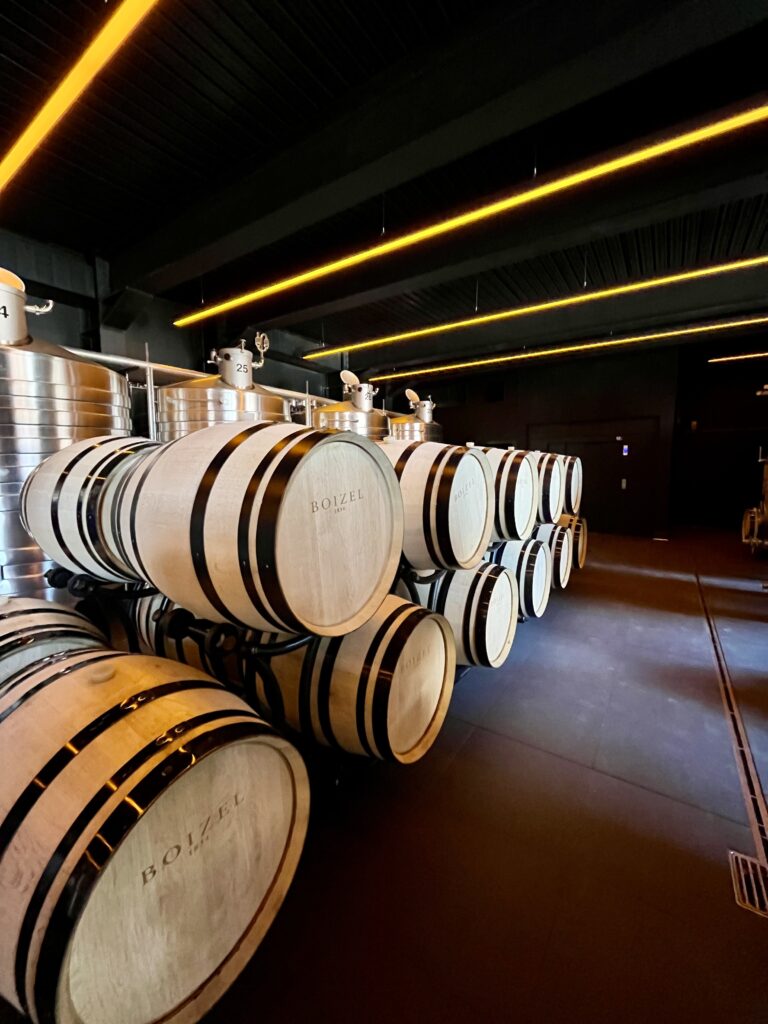Champagne is a sparkling wine that originates from the Champagne region in northeastern France. It’s renowned for its unique qualities and complex production process. Here are some key points about Champagne:
History
- Origins: Champagne’s origins date back to Roman times, but it became prominent in the 17th century when it started being associated with royalty and celebrations.
- Dom Pérignon: Often mistakenly credited with inventing Champagne, Dom Pérignon actually improved the production process significantly.
Production Process
- Grapes: Champagne is made from three primary grape varieties: Chardonnay, Pinot Noir, and Pinot Meunier.
- Méthode Champenoise: This traditional method involves a second fermentation in the bottle, which creates the bubbles. Key steps include:
- Harvesting: Grapes are harvested early to maintain high acidity.
- First Fermentation: Produces a base wine.
- Blending: Wines from different grapes, vineyards, and years are blended to create a consistent house style.
- Second Fermentation: Sugar and yeast are added to the blend, and the wine is bottled. The yeast ferments the sugar, producing carbon dioxide (bubbles) and alcohol.
- Aging: Bottles are aged on their lees (dead yeast cells) for at least 15 months (non-vintage) or three years (vintage).
- Riddling: Bottles are gradually tilted and rotated to move the lees to the neck.
- Disgorging: The lees are frozen in the neck, and the plug is removed.
- Dosage: A mixture of wine and sugar (liqueur d’expédition) is added to adjust sweetness.
- Corking: Bottles are sealed with a cork and wire cage.
Types of Champagne
- Non-Vintage (NV): Blended from multiple years to maintain a consistent style.
- Vintage: Made from grapes of a single year, typically considered of exceptional quality.
- Rosé: Made by adding a small amount of red wine to the blend or by allowing brief contact with grape skins.
- Blanc de Blancs: Made exclusively from Chardonnay grapes.
- Blanc de Noirs: Made from Pinot Noir and Pinot Meunier grapes.
Styles and Sweetness Levels
- Brut Nature: No added sugar (0-3 g/L residual sugar).
- Extra Brut: Very dry (0-6 g/L).
- Brut: Dry (0-12 g/L).
- Extra Dry: Slightly sweet (12-17 g/L).
- Sec: Sweet (17-32 g/L).
- Demi-Sec: Sweeter (32-50 g/L).
- Doux: Very sweet (50+ g/L).
Notable Houses
- Moët & Chandon: Known for its luxurious image and the famous Dom Pérignon brand.
- Veuve Clicquot: Famous for its Brut Yellow Label and the pioneering role of Madame Clicquot.
- Krug: Renowned for its rich and complex Champagnes.
- Bollinger: Known for its robust and full-bodied style.
Serving Champagne
- Temperature: Serve chilled, typically between 45-50°F (7-10°C).
- Glasses: Use flute or tulip glasses to enhance the bubbles and aromas.
- Food Pairings: Pairs well with a variety of foods, including seafood, poultry, cheese, and even some desserts.
Cultural Significance
- Celebrations: Champagne is synonymous with celebrations, toasts, and special occasions.
- Luxury and Status: It has long been associated with luxury, success, and exclusivity.
